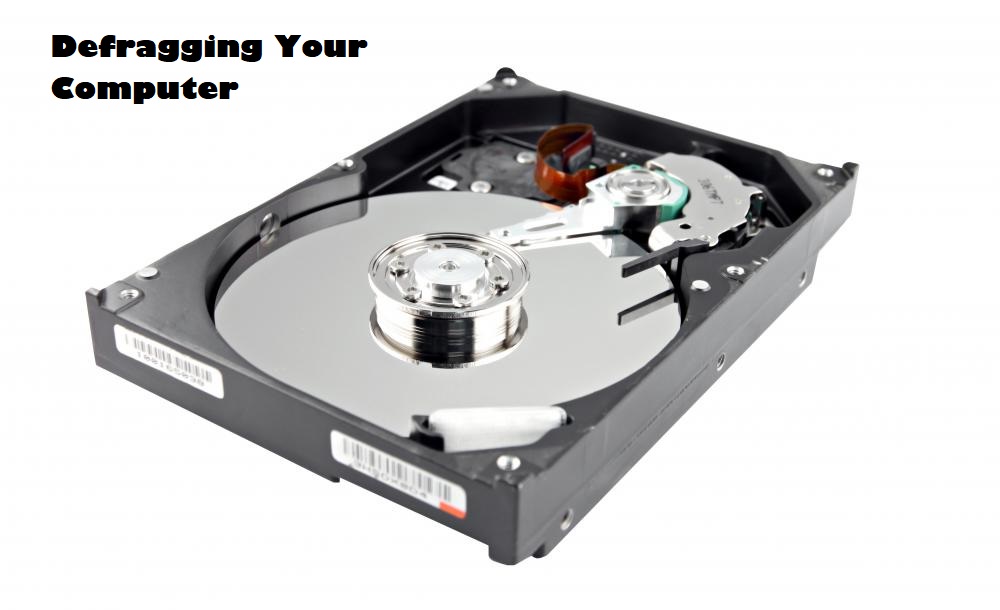Defragging Your Computer. Defragging a hard drive was something that was very common and was almost a rite of passage for users of a computer. A lot of different disk utility and maintenance programs offered defragmentation routines as a part of their suite of utilities. With the evolving operating system and filesystems having gotten better, a lot of users wonder if they still need to defrag.

Defragging Your Computer
To understand when you mostly need defragmentation, it is very important that you understand what this process does to your PC. Originally, when an OS saves a file to the disk, it doesn’t exactly save the file as a single block of data in one location on the hard drive. Instead, it breaks it into pieces, saving each of them separately. On a hard drive that is fresh, the pieces are usually close to each other. This is fragmentation as stated by Condusiv.
As files continue to be saved to this OS, those files would grow, and as the hard drive fills up, individual bots are often stored farther apart due to there being fewer areas of contiguous unused portions of the drive. As a result, it takes a much longer time for the OS to locate the different pieces of a file to put them together for use. Defragging a hard drive optimizes how the space would be used. And placing those various files a bit close to each other would ensure lesser work to find and reassemble them.
Defragging in Modern Operating Systems
The much newer versions of the macOS and windows get to solve the fragmentation issue with a combination of an improved filesystems and an automatic routine. When it comes to macOS, starting with version 10.2.2, Apple introduced a filesystem, HFS+. This new filesystem possesses a journaling feature. What this feature does is that it keeps track of changes that takes place in the system and groups data alongside more efficiently than the past method. To add, version 10.3 introduced different methods one of which includes the hsfdebug utility, that the system could actually use to defrag hard drive automatically.
When it comes to the PC side of the industry, Microsoft now seems to be working on an advancement that is similar. Different versions of windows have been added to the defragmentation tool for years, Microsoft notes, with the option to schedule the process to automatically run.in windows 10 and later, how automated optimization is turned on by default.
This should theoretically take out all the need to manually defrag your hard drive, but the reality is a bit more complicated. Defragging a hard drive can be sometimes time-consuming, a lot of users would have to leave their computers on for a whole day. As a result, the process is often interrupted right before it is completed.
When to Defrag your Hard Drive
In view of a lot of factors that are involved when it comes to defragging a hard drive, there is a lot of guidelines that you should follow. First and foremost, Electronics weekly notes that you are not supposed to defrag a Solid-State Drive (SSD). An SSD is created with solid-state memory, unlike the hard drive that is made of a spinning platter. The lifespan of the hard drives is measured in the number of reads and writes that the drive is able to perform before it dies.
Based on the fact that SSDs already offer a significantly improved performance over a traditional hard drive, they acquire a small amount from defragmentation, EW notes. What’s more, the process of defragging an SSD reduces the lifespan by making use of extra read/writes rearranging the files.
For the standard hard drives, how often you need to defrag it manually depends on how you make use of your computer. If your computer is always on, the built-in optimization tools in macOS and windows might negate the need to ever manually defrag, as both companies note.
